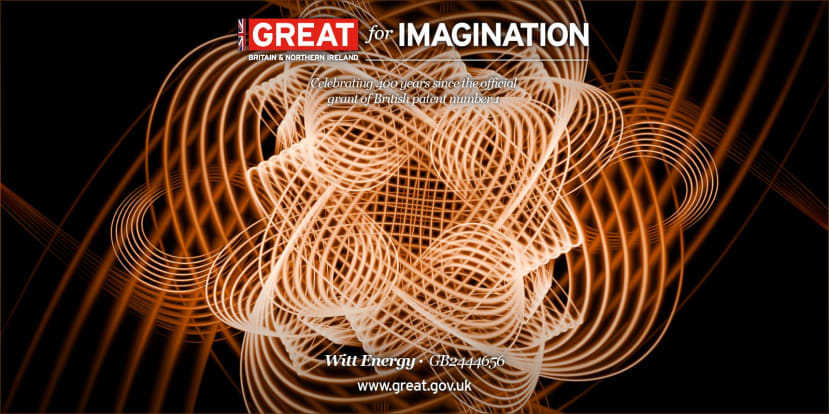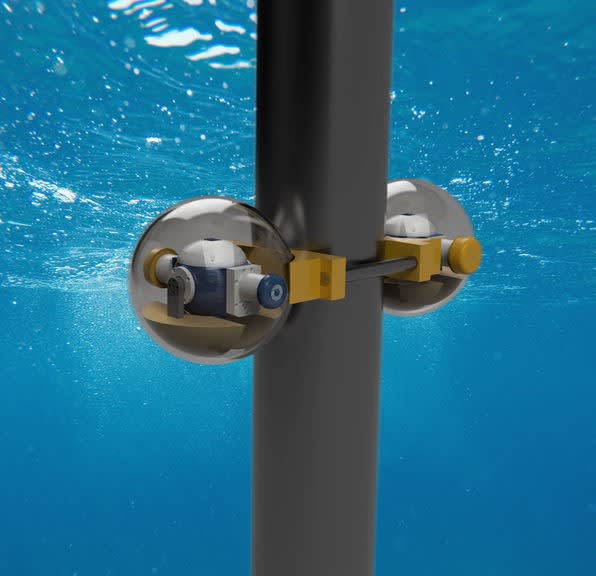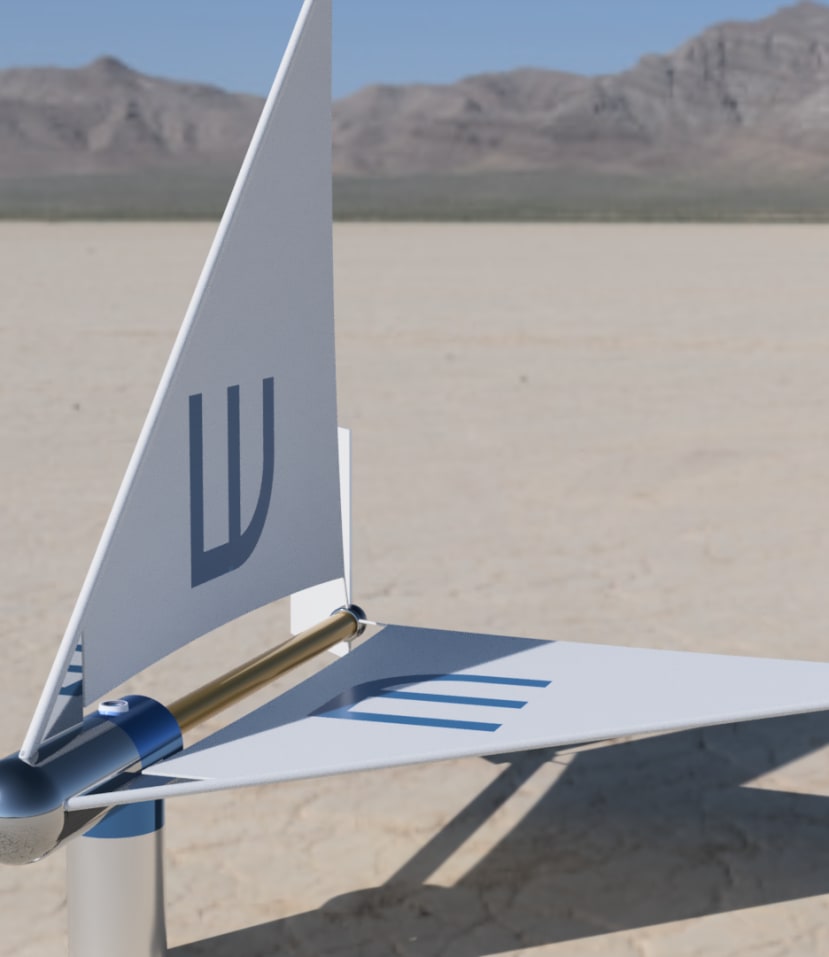How WITT Energy transform chaotic kinetic energy into electrical power
Follow articleHow do you feel about this article? Help us to provide better content for you.
Thank you! Your feedback has been received.
There was a problem submitting your feedback, please try again later.
What do you think of this article?
Would you like a power generator that harnesses chaotic kinetic energy and turns it into electricity that can trickle charge a battery? - for up to ten years? - without maintenance? - with zero emissions?
WITT Energy has developed such a device - and it's scaleable.
And WITT would love the DesignSpark community to suggest uses. Comment below or via their website!
The WITT harnesses in all six degrees of motion - up and down, front to back and up and down. And because it is sealed, it is a fit-and-forget system. The parts don't need servicing - or even looking at - for at least ten years. As long as the enclosure remains intact, so does the WITT.
What magic is involved? Weirdly, none! It just uses everyday technology - swinging pendulums, gears, clutches and a generator - to do an extraordinary thing. It's how all these components have been connected that is cunning.
I remember playing with one of the early prototypes five years ago as detailed in this article from 2016. It did seem a little like a perpetual motion machine - but it’s not. It has its own patent - and was featured as one of only 60 patents by the GREAT Britain Campaign (run by the Department of International Trade, UK Government) to celebrate 400 years since the official grant of British patent number 1.
It has also won numerous awards, including The Solar Impulse Foundation's Solar Impulse Efficient Solution Award.
So how does it work?
Movement makes the two pendulums swing. These are connected to a rotating shaft. However, they are connected in such a way (using four one-way clutches) as to make the shaft only ever turn in one direction. This shaft is connected to a flywheel to collect the chaotic energy and store it as rotational energy. The shaft is also connected to a generator, which produces electricity. Full information on how it works can be found here here. You can also follow how Martin Wickett, the inventor of WITT, developed the idea as described in this DesignSpark article.
Why is this different from other energy harvesting devices?
No other device captures energy from all six degrees of motion. It can also go where other technologies can't - as it is sealed in an enclosure and no moving parts are exposed to the environment - so it can be deployed deep under the ocean, in the middle of a desert or even on top of a mountain.
The heavier the pendulum and the more motion there is, the more power can be generated - so this design is very scalable. It can't go too tiny though - it's hard to get enough mass for the pendulum into a small case. (Self-winding watches only convert motion from one plane but can be used for really small things with a low power requirement).
Concepts
The device can be big or small and anywhere where there is movement. There are a lot of applications for a small amount of power for environmental and other monitoring - where you haven’t got any power supply. However, the most commercially viable options at this early stage of the company are in sub-sea applications - or underwater power-points! Apparently, though, there isn't (yet?) a market for mobile phone chargers for dolphins - however, these power points could be used to power charging stations for ROVs or autonomous underwater vehicles (AUV), or to power remote sensing equipment in aquaculture and scientific data collection experiments.
Imagine the supports of a bridge as they go into the water. As the river rushes around them, vortices are produced (see https://en.wikipedia.org/wiki/Vortex_shedding). The turbulence from these vortices or vortex-induced vibration (VIV) is enough for a WITT device to produce electricity. Rather than just having the maths to prove it, WITT conducted experiments at Solent University's flow tank and preliminary studies are very encouraging.
Other tests have included using a Fanuc Robotic arm to reproduce real-world movements - that can be recorded with accelerators and then filtered and processed by WITT's naval architect partners. The robot was a pick and place robot and had to be adapted by Fanux engineers to meet WITT's requirements. You can view this here.
Videos of some of the other experiments WITT have conducted are in this DesignSpark article.
But it's not just underwater that is looking promising. WITT devices could be used to provide power for Sonobuoys, for marking containers lost at sea and even desalination plants.
WITT also plan to use their devices on rivers and with tidal flow, and even on small boats as shown here.
Other possibilities include use on goods vehicles, bicycles or even on wildlife for monitoring See, The Engineering Edge Podcast on revealing wildlife secrets.
WITT has also received a patent for a land-based wind actuated device - what they are calling the Dragonfly.
WITT has even tested a smaller WITT device on a backpack. Apparently, their project manager, Will Boult, looked an interesting sight in a high-vis jacket with a small power generator on his back, as he wandered around on foot.
I really want to get my hands on one of these smaller devices - imagine heading out on an expedition (or even just a stroll) and charging your own phone with the energy you waste bobbing up and down and swaying while you walk.
Sadly, they are not available to the public. Yet. However, WITT is looking for industrial partners to develop all these ideas further ... they have a range of options, bringing in a major investor, licensing, collaborations, or joint ventures. Do spread the word if you know of any company that may be interested.
WITT is also looking for new private investors .. so if you want to support this British company, send them a message on their website.
Watch the video below where I discuss good idea's that WITT has received for potential uses of their devices, but the real question is over to you the DesignSpark Community, what great ideas do you have?
Leave your comments below or contact WITT Energy directly.
If you have time why not check out the interview I recently delivered with Will Boult to learn more about the WITTT products and the WITT Energy company.




